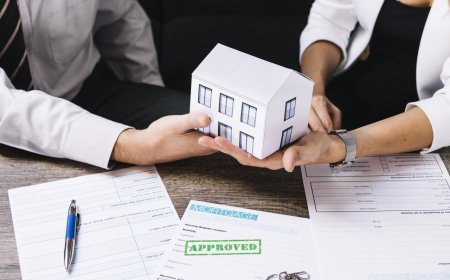Is Mold Dangerous for the houses?

Yes, mold is bad for the house, and it can lead to serious structural, aesthetic, and health-related problems if not addressed in time. Here's a detailed article explaining why mold is harmful and what homeowners should know.
Understanding Mold in Homes
Mold is a type of fungus that grows in moist, warm environments. It thrives on organic materials such as wood, drywall, carpet, and insulation. Most commonly, mold appears after water damage, such as floods, pipe leaks, roof leaks, or high humidity levels. It spreads quickly if left unchecked, and once it takes hold in a home, it can be very difficult and expensive to remove.
Structural Damage
Mold can cause significant damage to the structure of your house. It feeds on wood and drywall, weakening these materials over time. This may lead to:
-
Warped or rotting wooden beams
-
Crumbling drywall and insulation
-
Weakened subfloors and ceilings
-
Decreased property value due to visible damage and odor
If the mold reaches hidden areas like wall cavities or HVAC ducts, it may require extensive demolition and repair work to eradicate it completely.
Health Hazards
Mold exposure can trigger a wide range of health issues, especially in people with allergies, asthma, or compromised immune systems. Common symptoms include:
-
Persistent coughing or sneezing
-
Skin rashes and eye irritation
-
Respiratory problems
-
Fatigue and headaches
Toxic black mold (Stachybotrys chartarum) is particularly dangerous and has been linked to more severe symptoms, especially in young children and the elderly.
Financial Impact
Mold remediation can be costly. Depending on the extent of the damage, removal can range from a few hundred to several thousand dollars. In extreme cases, entire sections of the home may need to be rebuilt. Additionally, insurance policies may not always cover mold damage, especially if it resulted from neglect.
Prevention and Maintenance
To avoid mold problems:
-
Fix water leaks immediately
-
Keep humidity levels below 50%
-
Use exhaust fans in kitchens and bathrooms
-
Regularly inspect attics, basements, and crawl spaces
-
Clean and maintain gutters and downspouts
Conclusion
Mold is more than just an unsightly problemits a warning sign of deeper issues within a home. From weakening the structure to harming health and finances, the consequences of ignoring mold can be severe. Prevention and early action are key to protecting your property and your well-being.

































